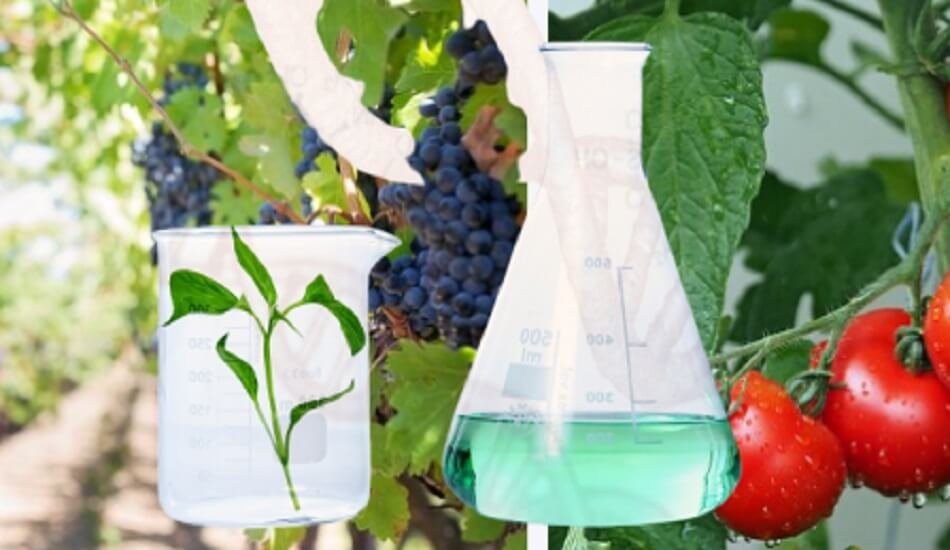After a great 23% growth last fiscal year, the agrochemical sector will grow by 15–17% this fiscal year. This growth is mostly due to strong exports and stable domestic demand.
Crisil, a rating agency, said that the revenue will grow by another 10–12% in the next fiscal year. This is because India will continue to benefit from the China+1 strategy of global players and the fact that key molecules will no longer be protected by patents.
Even though input prices are still high, the higher operating leverage will help keep operating margins at 15–16% in the current and next fiscal years (16.6% in the last fiscal year). Capital spending will stay about the same as it has been, but the lengthening of the working capital cycle will lead to more borrowing.
Related Agri News | Agrochemicals: PI Industries launches Product for Lepidopteran & Sucking Pests
But players’ credit profiles will stay ‘Stable’ if they make a lot of money. An analysis of 50 companies rated by Crisil Ratings shows the same thing. These 50 companies make up nearly 90% of the ₹66,000-crore agrochemical sector.
‘Export revenue is expected to grow by 18–20% this fiscal year, as the US dollar has risen by about 9% so far and volume is growing as global players continue to reduce their dependence on China. Exports are likely to grow by 12–14% in the next fiscal year, as companies keep up their capital expenditures in anticipation of molecules worth $4 billion going off patent in the next two years. ‘As a result, exports will continue to be the main source of income for the agro-chemical sector, bringing in about 53% of the total revenue,’ said Crisil Ratings Director Poonam Upadhyay in a statement.
The domestic segment, on the other hand, will grow by 12–14% this fiscal year, thanks to a monsoon that was close to normal, higher realizations, and better farm sentiment. Crisil says that if the monsoon is normal and the government keeps working to raise farm incomes, the domestic segment will grow by 10–12% next fiscal.
Costs of getting Inputs
The prices of crude oil and yellow phosphorus, two of the most important raw materials, went up by 40–45% and 18–22%, respectively, in the second half of the last fiscal year. Even though prices have been getting lower recently, they will still hurt gross margins by 90–110 basis points if they stay high.
But better cost absorption will lead to higher operating leverage, which will keep the overall operating margin at 15–16% this fiscal year, which is only slightly less than in fiscal 2022. Next fiscal, margins are expected to stay about the same.
Related Agri News | Govt should drop GST from 18% to 6%, implement PLI on agrochemicals: Agrolife
Associate Director of Crisil Ratings Shounak Chakravarty said, ‘Crisil-rated agrochemical players’ credit profiles will stay mostly ‘Stable.’ Even though the number of capital expenditures (CAPEX) will stay high at ₹6,000–6,500 crore for each of the next two fiscal years, the amount of external debt will be less important. But if they export more, especially to countries in the La Am region, which need longer credit periods, they will have to borrow more money for working capital. That said, keeping balance sheets in good shape and bringing in more cash will help keep debt metrics at comfortable levels.

















Add Comment